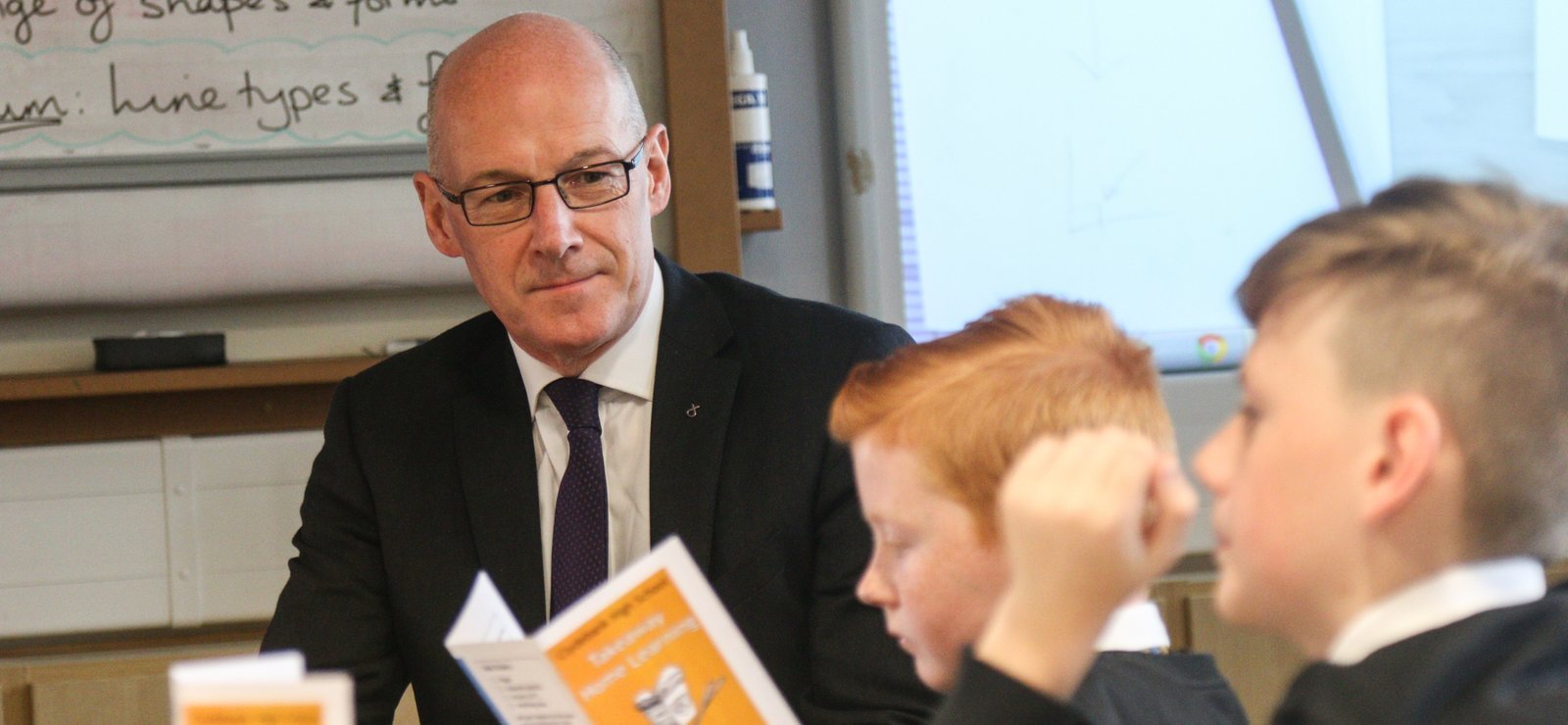Scotland Leads the Way: LGBTQ+ Inclusive Education for Every Student
Scotland has made history. In 2021, it became the first country in the world to fully embed LGBTQ+ inclusiveness into its public-school curriculum, setting a benchmark for nations across the globe. From classrooms in Edinburgh to rural schools in the Highlands, children now learn about sexual orientation, gender identity, same-sex marriage, same-sex parenting, and the challenges the LGBTQ+ community faces, including homophobia, biphobia, transphobia, and the HIV/AIDS epidemic.
This bold initiative is not just a policy change it’s a cultural shift. Scotland’s commitment signals that education can be a tool for equity, shaping generations who understand, respect, and celebrate diversity from the earliest years.
Why LGBTQ+ Inclusive Education Matters
For decades, queer histories and identities have been erased from textbooks in countries around the world, including India. Scotland’s decision demonstrates how inclusive education can dismantle stigma and foster empathy. By starting conversations about LGBTQ+ issues in primary and secondary schools, students grow up seeing queer lives as valid, respected, and normal.
Deputy First Minister and Education Secretary John Swinney said,
“I am delighted to announce we will be the first country in the world to have LGBT inclusive education embedded within the curriculum.”
The move reflects a wider understanding: that knowledge is power, and representation in learning spaces creates safe, affirming environments where students can thrive, regardless of sexual orientation or gender identity.
Building Safe Spaces in Schools
Inclusivity in education goes beyond lectures it transforms the entire school environment. In Scotland, secondary students explore the spectrum of sexual orientation and gender identity, while primary students are introduced to diverse family structures, including LGBTQ+ households. The curriculum encourages dialogue, critical thinking, and empathy, fostering safe spaces where curiosity replaces judgment.
For queer students, this representation is lifechanging. Seeing themselves reflected in lessons validates their identities, while peers learn the importance of consent, respect, and allyship. In India, initiatives like Pride in India festivals, LGBTQ+ film screenings, and inclusive school clubs echo similar goals, but national curriculum reform remains a distant aspiration. Scotland’s model offers a roadmap: inclusive education is possible, and it starts early.
Lessons for Queer India
While India has made legal strides like decriminalizing homosexuality and advancing same-sex relationship recognition educational inclusion lags behind. Scotland’s framework highlights actionable steps that Indian policymakers, educators, and community organizations can consider:
- Integrate LGBTQ+ histories and contributions into textbooks.
- Provide teacher training on gender diversity and sexual orientation.
- Encourage student led initiatives and safe clubs for queer students.
- Normalize discussions around same-sex families, adoption, and nonbinary identities.
- Collaborate with queer activists and organizations to create accurate, affirming content.
These measures are not merely academic Hey are a cultural intervention, cultivating empathy, reducing bullying, and giving all students the tools to thrive in a diverse society.
The Ripple Effect
Scotland’s pioneering curriculum demonstrates that systemic change is possible when governments take a stand. The initiative benefits all students, not just LGBTQ+ youth. By learning about diverse experiences, children develop a broader understanding of humanity, one that celebrates inclusion rather than tolerates difference.
For India, where Pride in India celebrations continue to grow, and LGBTQ cinema and music gain mainstream traction, inclusive education could amplify societal acceptance. Imagine a future where queer narratives in Bollywood are mirrored in classrooms, where queer history is taught alongside freedom struggles, and safe spaces exist not only in community centres but in every school across the country.
Inclusive education is a revolutionary act. Scotland’s example proves that legislative commitment, coupled with curriculum reform, can create safe, empowered generations. For queer students, seeing themselves represented in classrooms is not just validating it is transformational.
India is at a critical juncture: with growing queer visibility, inclusive fashion, queer cinema, and activism shaping public discourse, educational reform could cement LGBTQ+ acceptance from the ground up.
By prioritizing inclusive learning environments, communities can ensure that every student, queer or straight, feels seen, heard, and celebrated.






